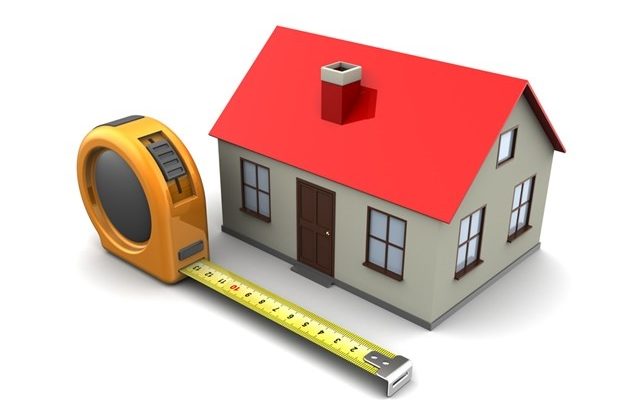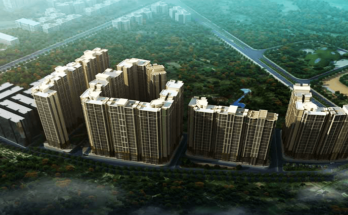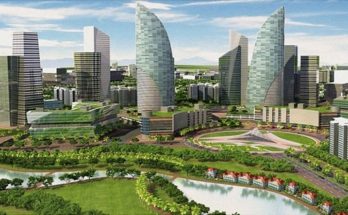WHAT IS CARPET AREA?
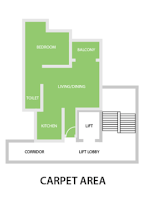
Once you enter that home-buying “zone”, you will have to select homes based on a lot of factors. While budget and location are generally the topmost criteria, most fumble when selecting the right area for their house. You will be surprised to know that most of these terms are easy to understand. For example, Carpet Area is the area that can be covered by a carpet. This area does not include the thickness of pillars and inner walls. The common areas are also not included. Common areas are the lifts, staircase, lobby, play area etc. The actual area a buyer enjoys for purposes of housing is the carpet area. Let’s say, carpet area is the space available to you, and includes the bedroom, living room, kitchen, balcony, toilet, dining area etc.
WHAT IS BUILT-UP AREA?
The Built-up Area of an apartment includes the carpet area and also the walls and pillars. It’s the thickness of the inner walls within an apartment and is not the surface area. You will often find that the carpet area forms around 70% of the built-up area, and 20% of the built-up area constitutes the walls. Flower beds, dry balcony etc., are also included in the built-up area and constitutes about 10% of the built-up area.
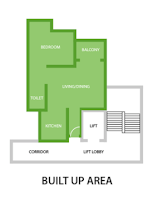
WHAT IS SUPER BUILT-UP AREA?
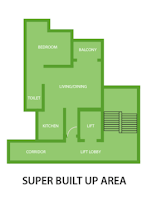
The Super Built-up Area of an apartment also includes the common areas, such as lifts, lobbies and corridors. It is the actual measurement of area that is specified by the builder. Certain builders even include the garden area, clubhouse, children’s play area, and swimming pool in the super built-up area. This area is also termed saleable area, and a buyer is charged based on this area. The more the amenities included, the higher is the saleable area. The super built-up area is also specific to the apartment square feet and is calculated accordingly. Thus, if a 2 and a 3 BHK apartment have different square feet, the saleable area will change.
At first, these areas may seem confusing. All you need to do is check out different apartment sizes in various projects to understand them better. Knowing these terms go a long way in making an informed decision about the apartment you finally call your home. Once you go through project reviews and understand the layouts, dimensions and plot sizes, you will also have an idea about the cost structure, future liabilities, payments, and tax liabilities.
RERA & CARPET AREA
After the implementation of the Real Estate Regulatory Act (RERA), there have been a number of changes in the definition of carpet area. The Act has mandated builders of ongoing projects to disclose the sizes of the apartments based on the carpet area, which is the actual area available, including toilets and kitchens. Hence, understanding carpet area is of utmost importance to homebuyers. Earlier, garden areas, empty spaces, terraces, verandas, and balconies were also included under carpet area. This will be discontinued. Clarity on design and efficiency is going to be crucial henceforth. If a builder uses too much of a common space but different carpet areas, the design would be considered inefficient, as it could be the same as the super built-up area.
When it comes to corner apartments placed at beneficial and inconvenient positions, there could be differences in carpet areas. RERA will ensure that builders charge these apartments as per the carpet area provided to the buyer. Hence, selling corner apartments that have lost carpet area at the same price as the ones in prime locations is out of question. Now that you are aware of these terms, next time when you go through property reviews or speak to an agent, you know what you are dealing with.
